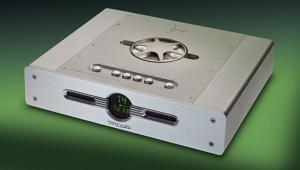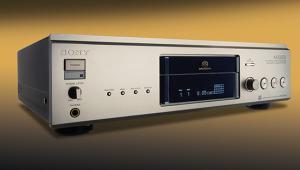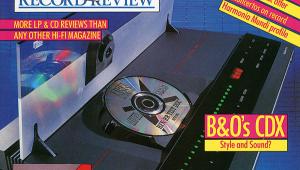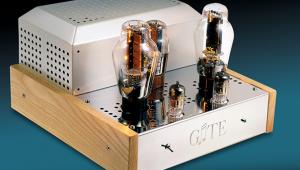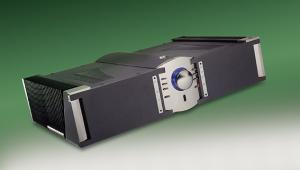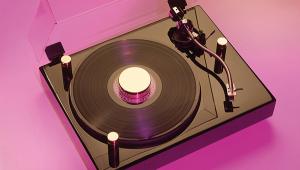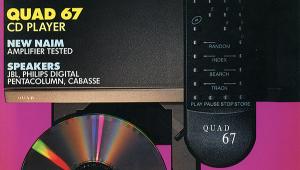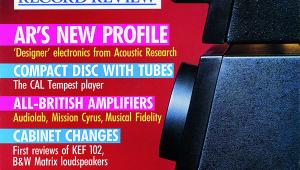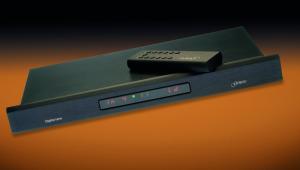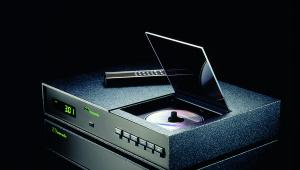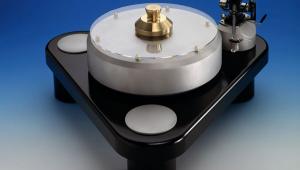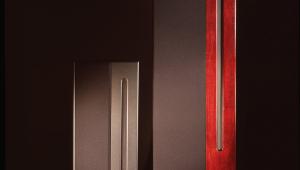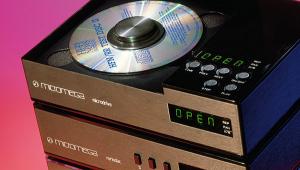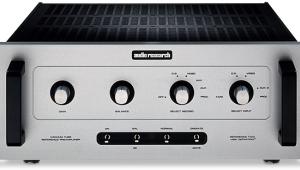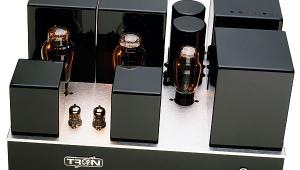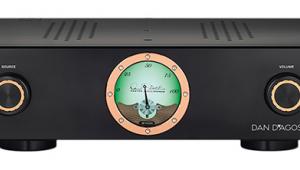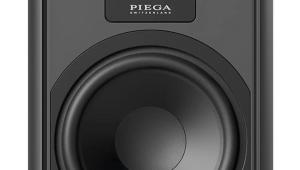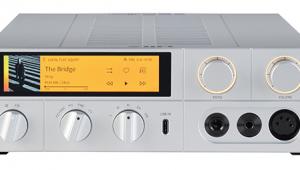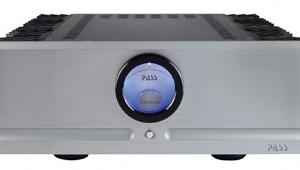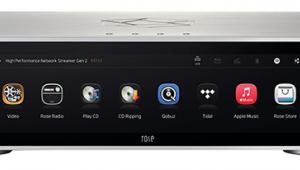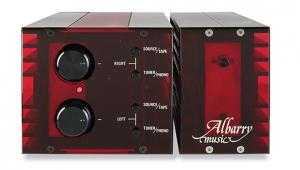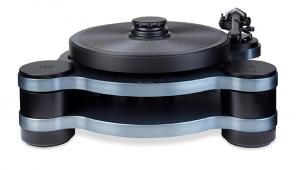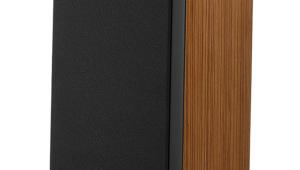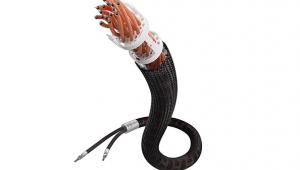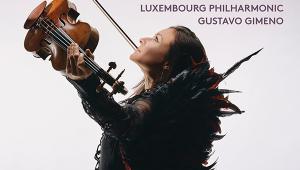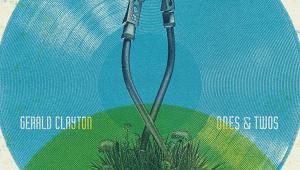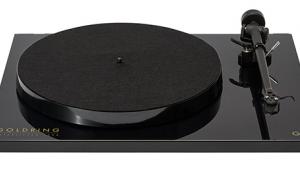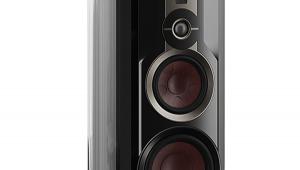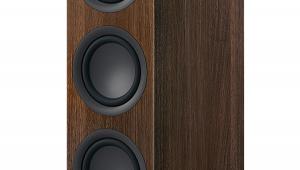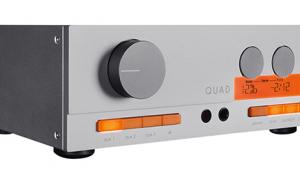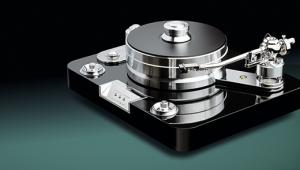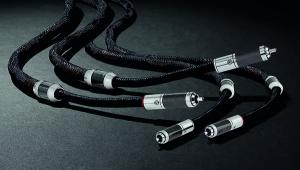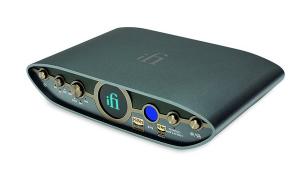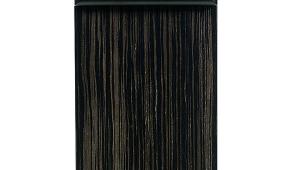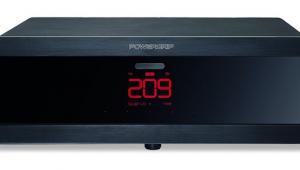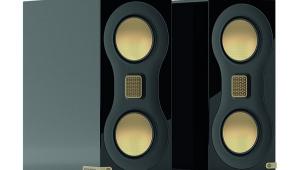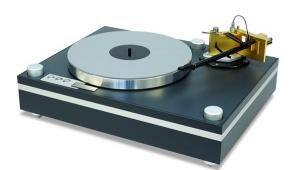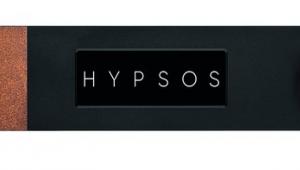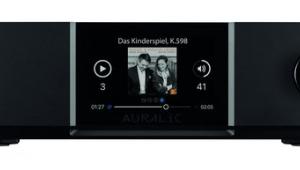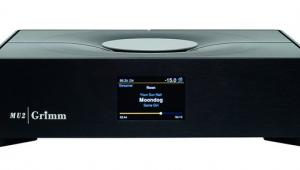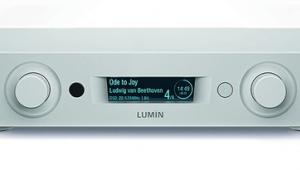Rogers LS3/5a loudspeaker
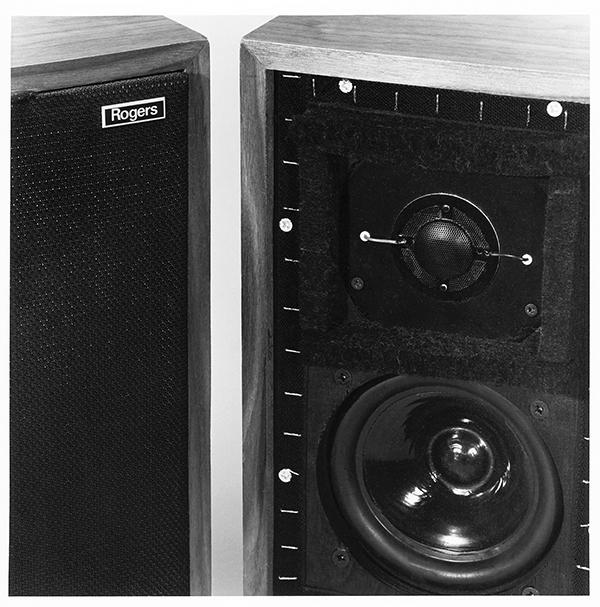

The BBC’s outside broadcast engineers often have to work in cramped conditions, for example in OB vans, where the steady proliferation of equipment puts cunning stowage, tidy habits, and a strict diet for the occupants at a distinct premium. Studio monitor loudspeakers are particularly difficult to locate sensibly in these circumstances, and the design aim behind the LS3/5a was the provision of a small but high quality monitor, in which some slight sacrifices in ultimate bass response and loudness could be accepted for the sake of compactness.
Box clever
In the event, these sacrifices have proved to be remarkably slight, and the outcome is a true bookshelf unit with a frontal area almost the same as that of this magazine (the LS3/5a is a few centimetres taller and a few narrower), and having an impressive performance. Outwardly it is a simple rectangular box, finished in teak veneer, except for the painted back. However, each material used in the loudspeaker, and every minute detail of construction, have been chosen, after exhaustive testing, for acoustic necessity rather than economic expediency. For example, the box is not made from the usual concoction of sawdust and goo, but is laminated entirely from birch, with solid beech as internal bracing.
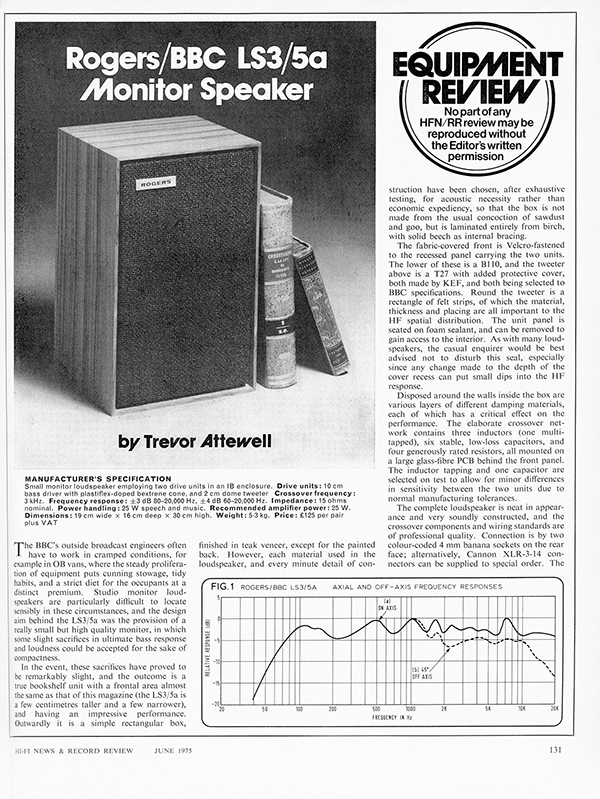
The fabric-covered front of Rogers’ LS3/5a is Velcro-fastened to the recessed panel carrying the two drive units. The lower of these is a B110, and the tweeter above is a T27 with added protective cover, both made by KEF, and both being selected to BBC specifications. Around the tweeter is a rectangle of felt strips, of which the material, thickness and placing are all important to the high-frequency spatial distribution.
Do not disturb
The unit panel is seated on foam sealant, and can be removed to gain access to the interior. As with many loudspeakers, the casual enquirer would be advised not to disturb this seal, especially as any change made to the depth of the cover recess can put small dips into the HF response.
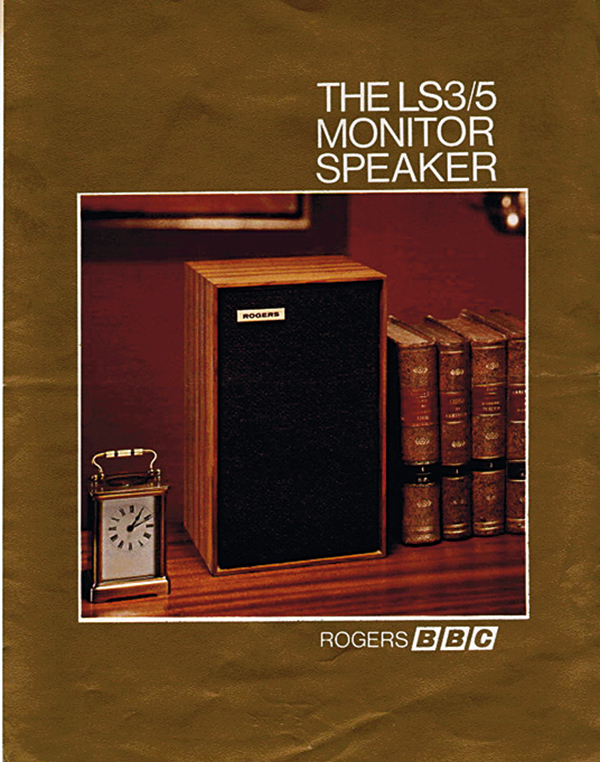
Disposed around the walls inside the box are various layers of different damping materials, each of which has a critical effect on the performance. The elaborate crossover network contains three inductors (one multi-tapped), six stable, low-loss capacitors, and four generously rated resistors, all mounted on a large glass-fibre PCB behind the front panel. The inductor tapping and one capacitor are selected on test to allow for minor differences in sensitivity between the two units due to normal manufacturing tolerances.
The complete loudspeaker is neat in appearance and very soundly constructed, and the crossover components and wiring standards are of professional quality. Connection is by two colour-coded 4mm banana sockets on the rear face. Alternatively, Cannon XLR-3-14 connectors can be supplied to special order. The weight of the speaker (5.3kg) comes as a slight surprise in view of its size, giving it a very substantial feel.
![]() As it should be
As it should be
Any natural tendency to be slightly sceptical of the probable performance of such small speakers disappears promptly when they are put to work. Listening tests covered the usual wide range of known material, and in every case there was a remarkable lack of colouration and a surprising spaciousness to the sound, with none of the ‘sound-from-two-boxes’ impression given by so many speakers. Indeed, on closing one’s eyes it is only possible to infer the position of the LS3/5a (but not their size) from the soundfield, which is just as it should be.
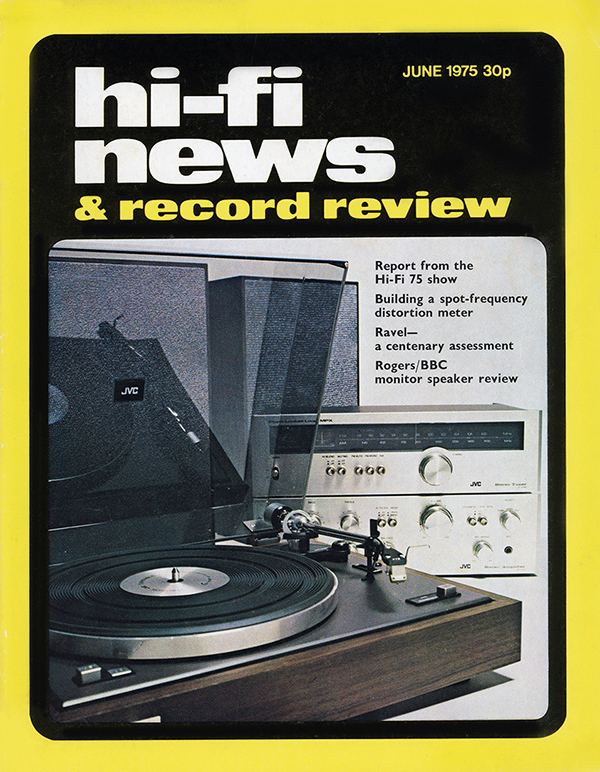
Orchestral sounds were ‘open’ in texture, with excellent breadth and depth, and plenty of fullness in the lower registers, though naturally the bottom notes of double-basses and the bass drum could not produce quite as solid an impact as would be expected from large systems.
Transients were handled cleanly, with no sign of hangover. Organs, too, were splendidly reproduced, even pedal lines being quite firm, especially with pedal reeds, in which the fundamentals have less significance, as distinct from 16ft flues, which became rather weak over the lowest pedalboard octave (approximately). Good speech sources sounded very natural, with neither boom nor excessive sibilance, and choral works had a pleasant transparency.
White and pink noise tests supported the general conclusions drawn from listening to music, namely that the frequency response was very smooth, extending across the whole spectrum except for the extreme bass. In all cases, a little bass boost helped the very low end – ideally this should start at a low turnover frequency to avoid overemphasising the already adequate normal bass region [see, for example, M. T. Offler’s article, HFN Apr ’75]. On some material a trifling top cut was preferred (only 2-3dB). This was enough to remove an occasional trace of hardness.
Concert kings
The stereo image was well-defined and stable, and extended over a good area behind the ‘stereo seat’, especially if the speakers were angled inwards rather more than usual. The vertical distribution was also good, the balance and quality being little affected by speaker positioning, within reasonable limits, in either the vertical or the horizontal planes. The sound pressure in a well-damped room of about 80 cubic metres could be raised practically to full concert hall level before the monitors ran out of steam, so that the output should be adequate for those who do not insist on disco standards.
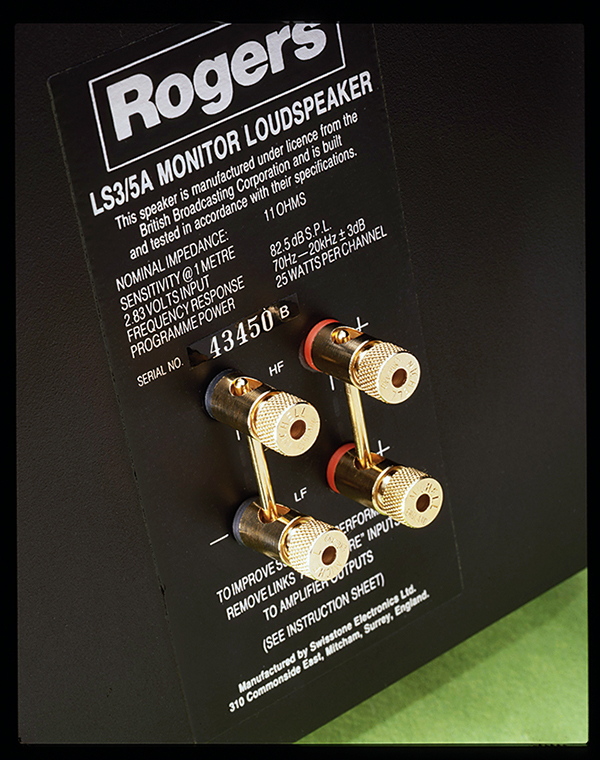
An opportunity also arose to use the Rogers monitors for their design purpose during a local recording session. Both loudspeakers, complete with packaging, are practically lost on the back seat of a car, and their convenience in use, with the relief of not having to spend two hours sweating under headphones, was extremely welcome. The loudness would have satisfied anyone not inured to the deafening levels in some studios, and the recorded quality could be assessed with confidence.
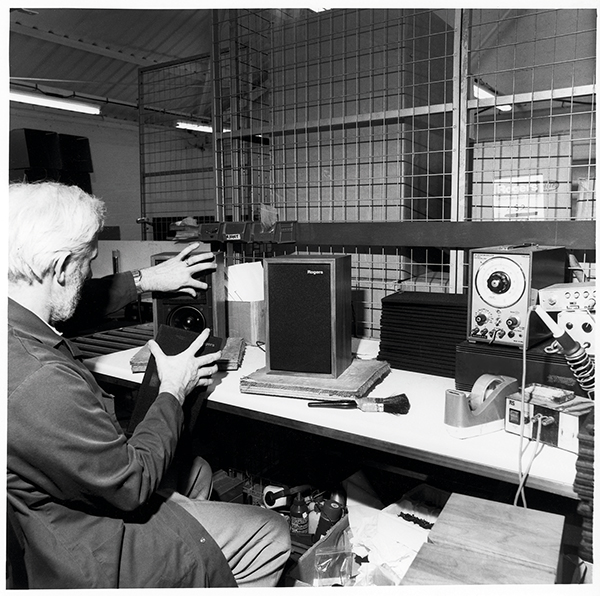
On target
Subsequent measurements confirmed the impressions of the listening tests. The frequency response was determined in the open air, on the tweeter axis at a distance of 1m, and also 45° off that axis. The results are plotted in Fig. 1 with the usual minor smoothing applied. They show a remarkably flat response which fully meets the specification. The curve also compares well with measurements made on another sample under the best anechoic conditions – regrettably, though understandably, permission to reproduce the latter was not forthcoming. It may be worth adding that the open-air tests were carried out at a temperature barely above freezing point, which might be expected to have an adverse effect on the unit suspensions. If this is so, the effect was not enough to put the LS3/5a’s response outside the specification.
Lateral thinking
The 45° curve was similar to the on-axis response below 1kHz, within possible experimental error, and differed only slightly at higher frequencies. A rough check at 90°showed a gradual fall from about 400Hz, with, of course, an increase in local irregularities. This wide lateral spread may account for the improvement in stereo area when the speakers are angled inwards.
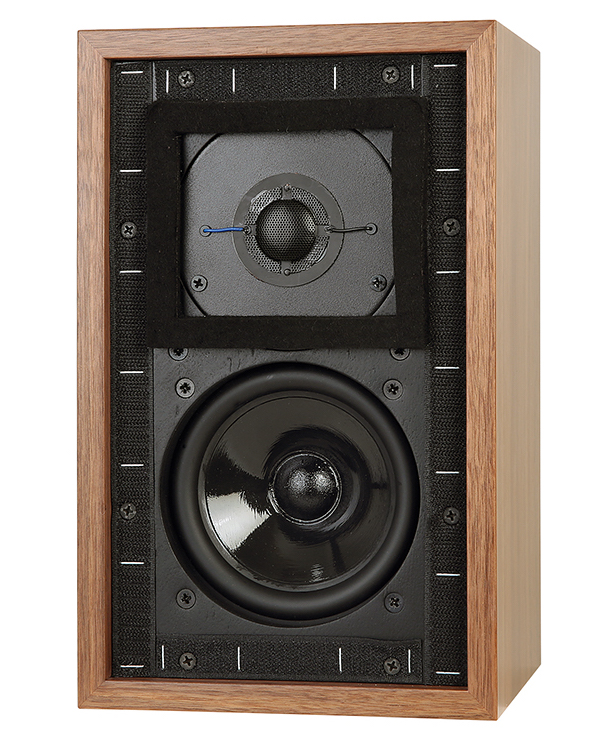
As for the impedance curve, this exhibited the usual bass resonance peak and two smaller peaks due to the crossover. The minimum impedance modulus was 10.6ohms at 10kHz.
With such a small infinite baffle enclosure the efficiency is naturally quite low, being very similar to that of the Quad ESL. For this reason a 25W amplifier is recommended, and it should be remembered that this means 25W into 15ohms.
Most amplifier output powers are quoted for 8ohm loads, and the power available into 15ohms may be, typically, only two-thirds of that for 8ohms. However, there is no shortage of amplifiers with the necessary capability.
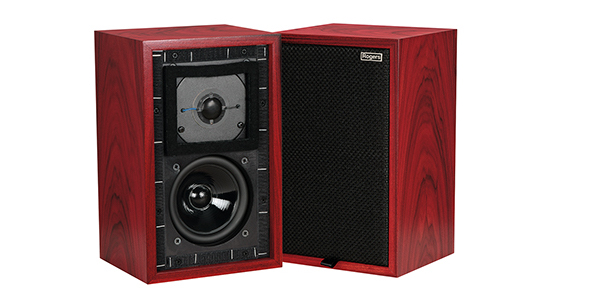
Conclusion
There is no doubt that these loudspeakers do a job that is quite astonishing considering that they occupy less than ten litres of space each. Both aurally and physically the LS3/5a(s) are very easy to live with, and with their natural, uncoloured response they represent a great attraction to those who are unable – or unwilling – to find space for a larger installation.
They also have undoubted applications in rear-channel working, where good quality is essential but space is, again, hard to find. Their bass response and maximum output, though more limited than some loudspeakers, are likely to be sufficient for all but the more exacting uses, but even if no allowance is made for these factors, they remain splendid value for money, and make some of today’s pretentious and expensive loudspeakers look pretty silly...
